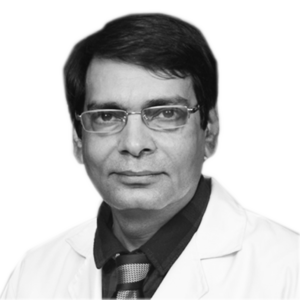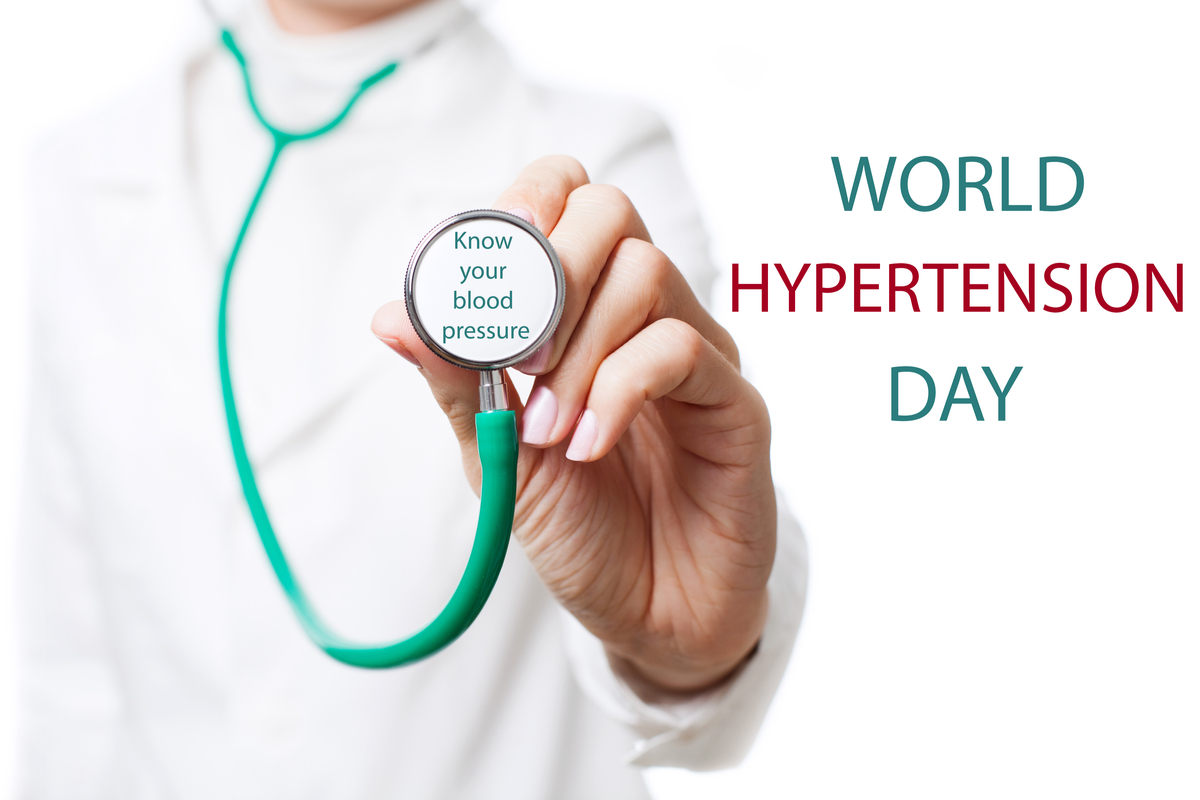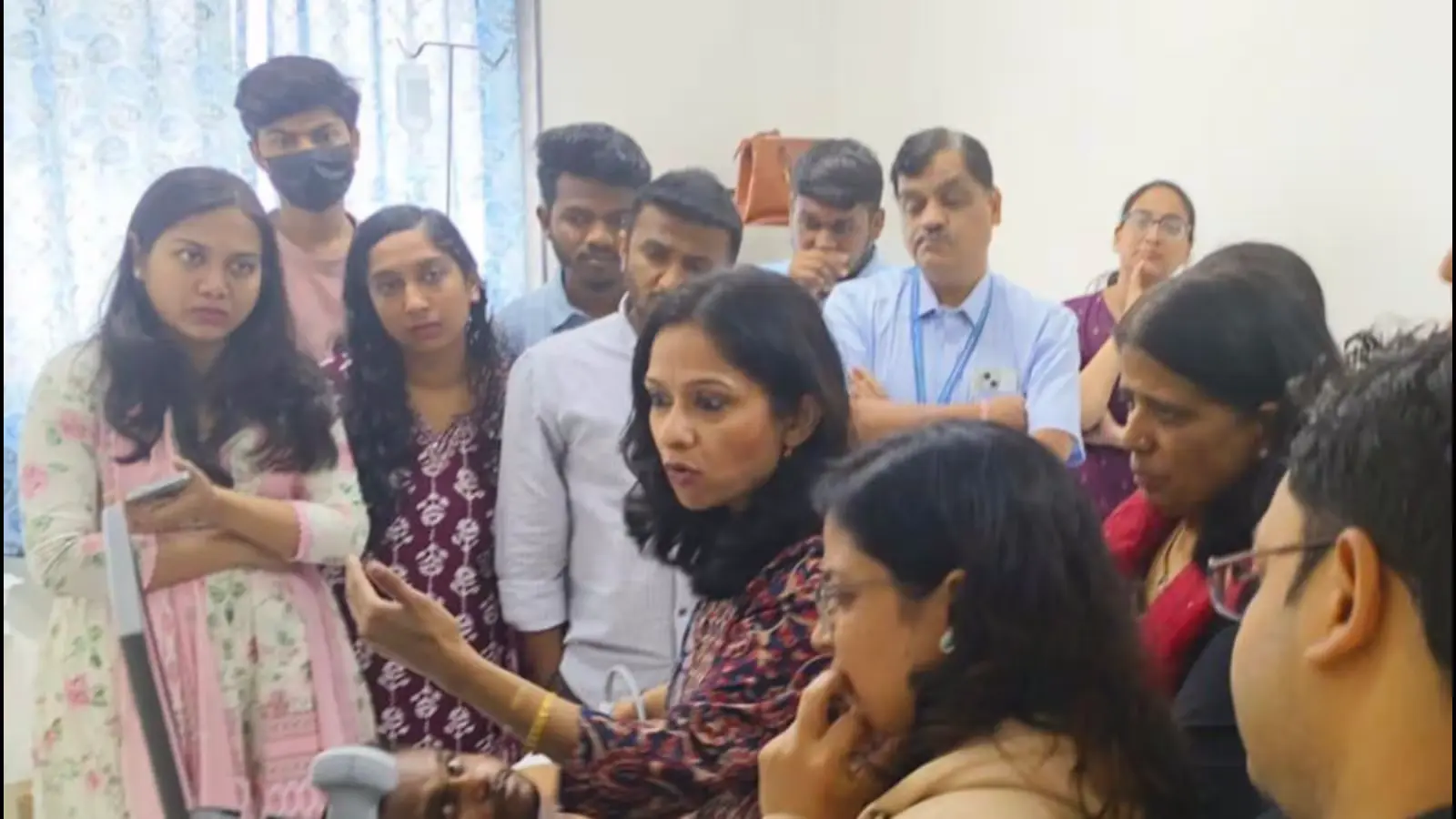H ypertension is the leading cause of stroke, heart disease, renal complications, and premature death. However, very few of us really have the awareness that the condition is nothing but “high blood pressure.” Yes, hypertension is commonly known as high blood pressure and can result from many issues like family history, sedentary lifestyle, age, poor diet, and stress, among others. The pressure in the arteries when the heart beats is known as systolic blood pressure, and the pressure in the arteries when the heart rests is called diastolic blood pressure. According to the Centres for Disease Control and Prevention, the normal pressure level should be less than 120 or 80 mmHg. You are at risk of prehypertension in cases of systolic (120–139 mm Hg) and diastolic (80–89 mm g) hypertension. Moreover, hypertension is caused when the systolic blood pressure is 140 mm Hg or higher and the diastolic blood pressure is 90 mm Hg or higher. The burden of hypertension across the world has evidently increased, and in order to address this burgeoning problem, India has set a target of a 25% reduction in hypertension by 2025. Steps like the Indian Hypertension Control Initiative (IHCI) are launched by the government to increase access to treatment for the condition for more than 220 million people in India.
world Hypertension Day
On May 17th is marked as World Hypertension Day, dedicated to highlighting the significance of monitoring blood pressure and spreading global awareness about the life-threatening condition. Healthcare professionals and centres come forward to organise campaigns and understand activities that help people understand hypertension, its symptoms, causes, and treatments. Regular health check-ups can save us a lot of trouble. Similarly, if blood pressure is checked in time, it can track the condition and help with the required treatment.
Unhealthy lifestyle: The obstacle to preventing hypertension
A sedentary lifestyle and an imbalanced routine have been the causes of many critical health conditions lately. People, often in the corporate world, are so passionate about achieving unachievable results that they skip the red flags their bodies send. Excessive smoking, consuming alcohol, a lack of physical activities, and a bad diet (that includes a lot of junk and no seasonal fruits and vegetables, dairy, whole grains, protein, etc.) are all part of an unhealthy lifestyle. Being hooked to the screen on our palms is another reason why we are not really paying attention to our routine.
Stage 1 and Stage 2 hypertension what is a hypertensive emergency?
Stage 1 hypertension occurs when the top reading ranges from 130 to 139mm Hg or the bottom reading is 80 to 90 mm Hg. whereas stage 2 hypertension occurs when the top reading ranges from 140 mm Hg or higher or the bottom reading is 90 mm Hg or higher. People with high blood pressure face symptoms such as headaches, shortness of breath, and even nosebleeds. These are not specific to everyone and do not always occur unless the high blood pressure has reached a life-threatening level. An acute, marked elevation in the blood pressure linked with signs of target organ damage is a hypertensive emergency. The patient in such a condition must receive emergency medical help with blood pressure numbers higher than 180 or 120 mm Hg. Hypertensive emergencies comprise cardiac ischemia, pulmonary edoema, acute renal failure, eclampsia, aortic dissection, and neurologic deficits.
How do I prevent hypertension? Who needs frequent check-ups?
If not treated in time, hypertension can not only lead to a heart attack but also many other severe health issues. It is not compulsory that people with underlying conditions or a history of hypertension in the family only go for check-ups. Anyone starting at the age of 18 must get their blood pressure checked at least once every two years. Further, it can be as per the doctor’s recommendation. Some people might need more frequent check-ups and medications to track and treat hypertension.

The author is a Senior Consultant, Interventional Cardiologist.






















